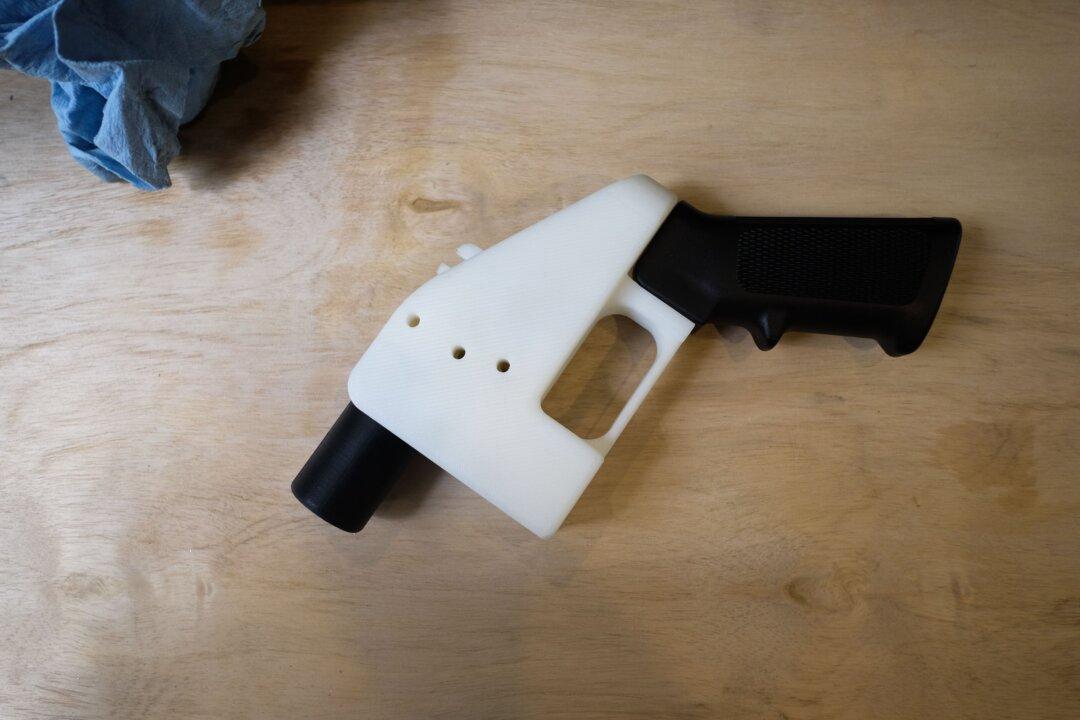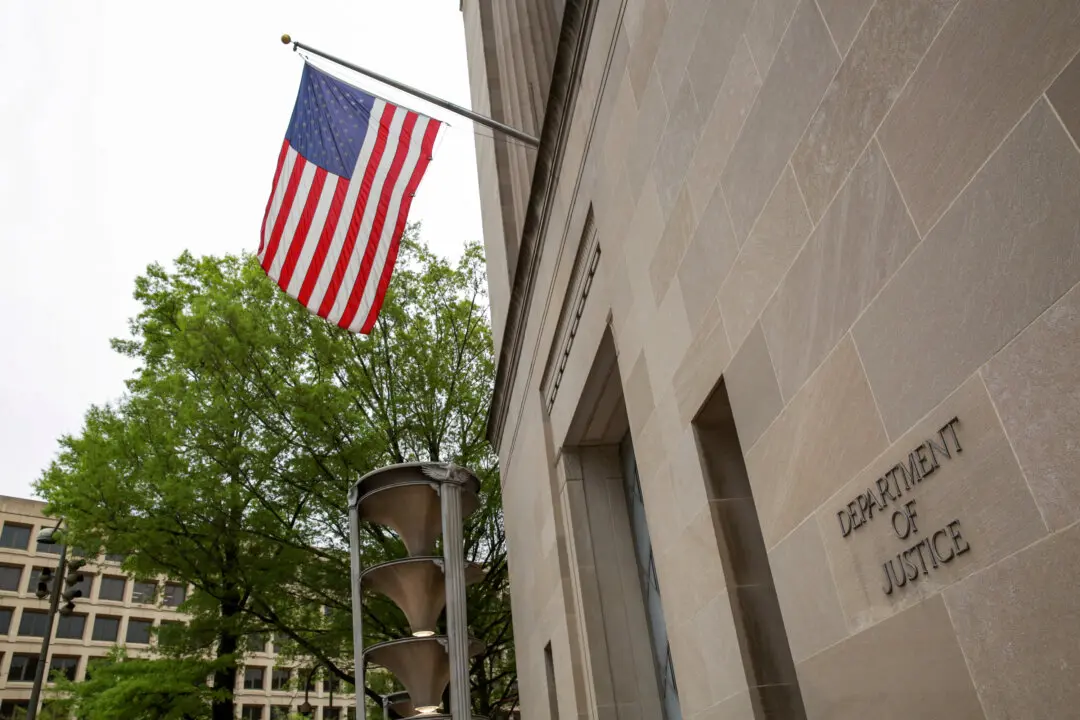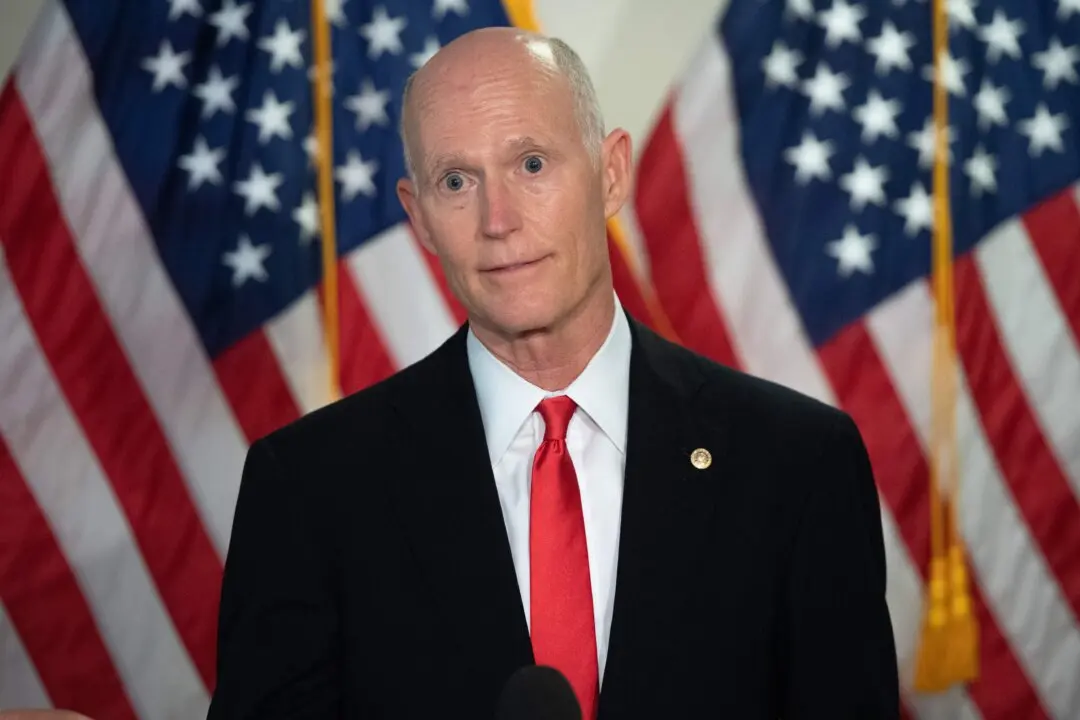A coalition of states is suing the Trump administration over new regulations that they say could allow for the online release of blueprints for 3D-printed firearms, which make it easier for anyone to access the files at home and make a functional plastic gun with a 3D printer.
Washington State Attorney General Bob Ferguson, who is leading the effort to block the administration’s rule, filed a lawsuit in the U.S. District Court for the Western District of Washington on Jan. 23, seeking an injunction to block the administration from implementing the new rules. Joining him in the federal lawsuit are 20 other state attorneys general, including from Connecticut, Delaware, Hawaii, New York, Colorado, and Massachusetts.




